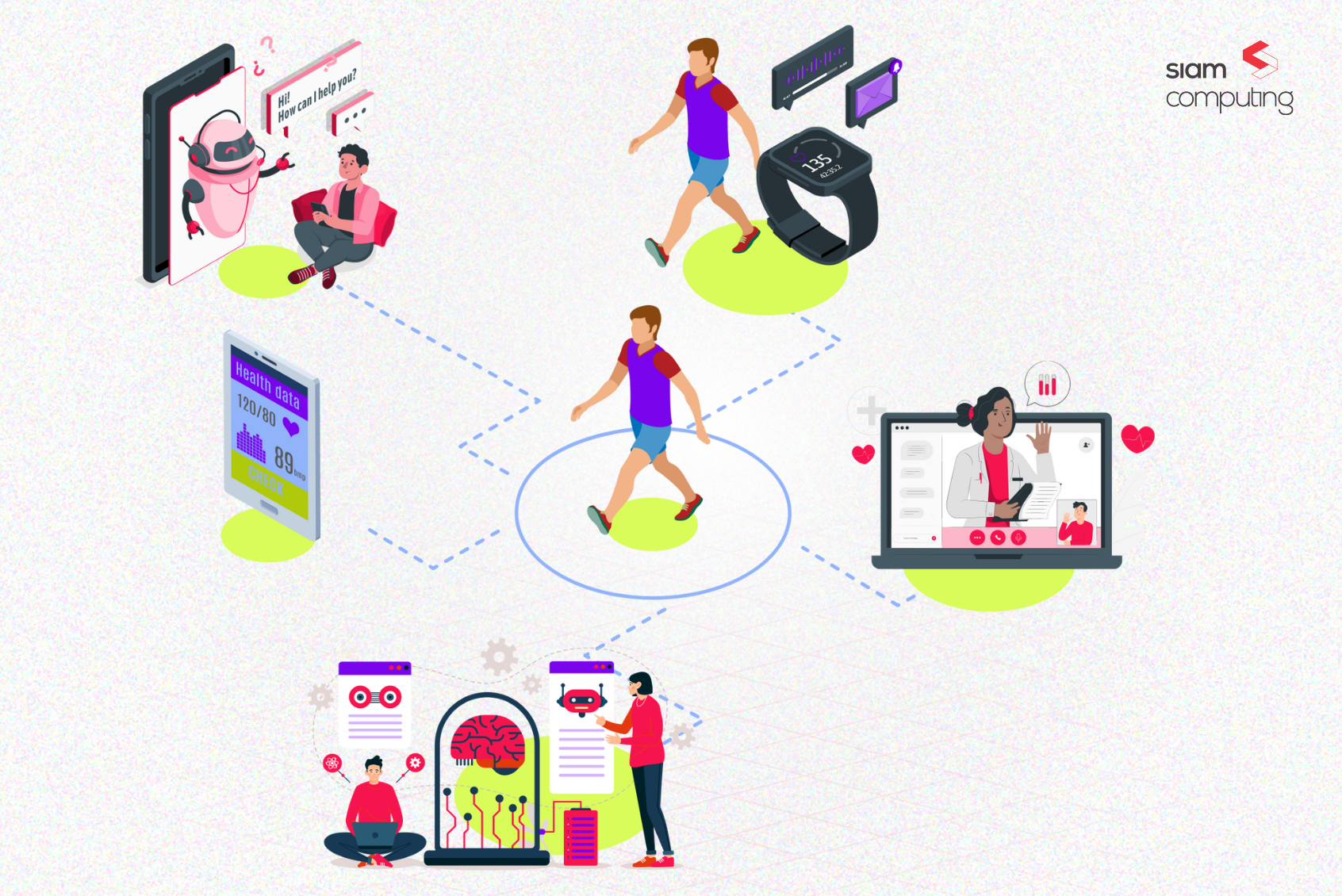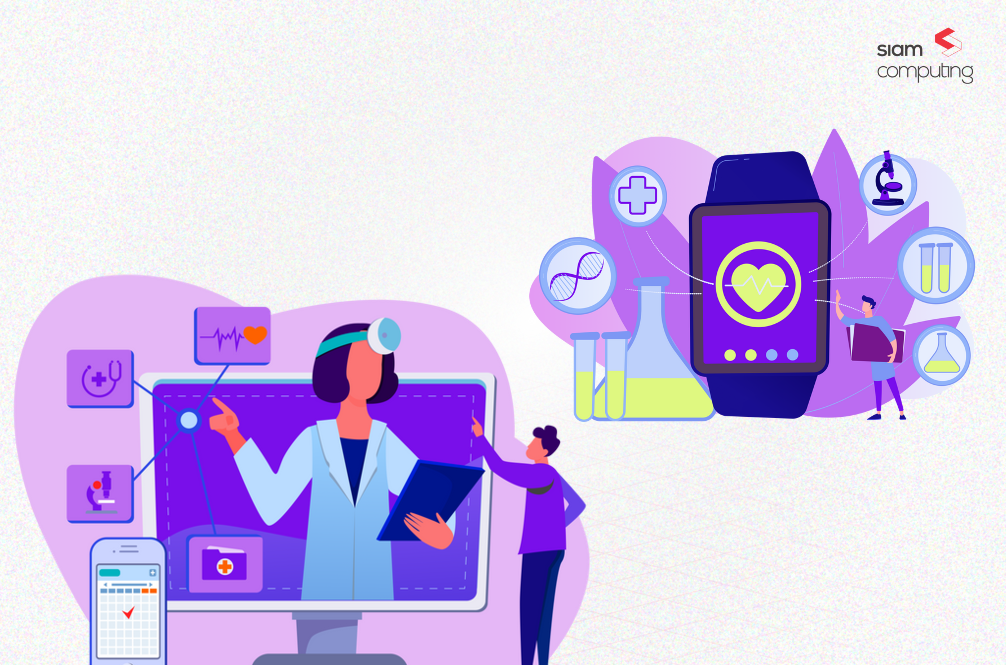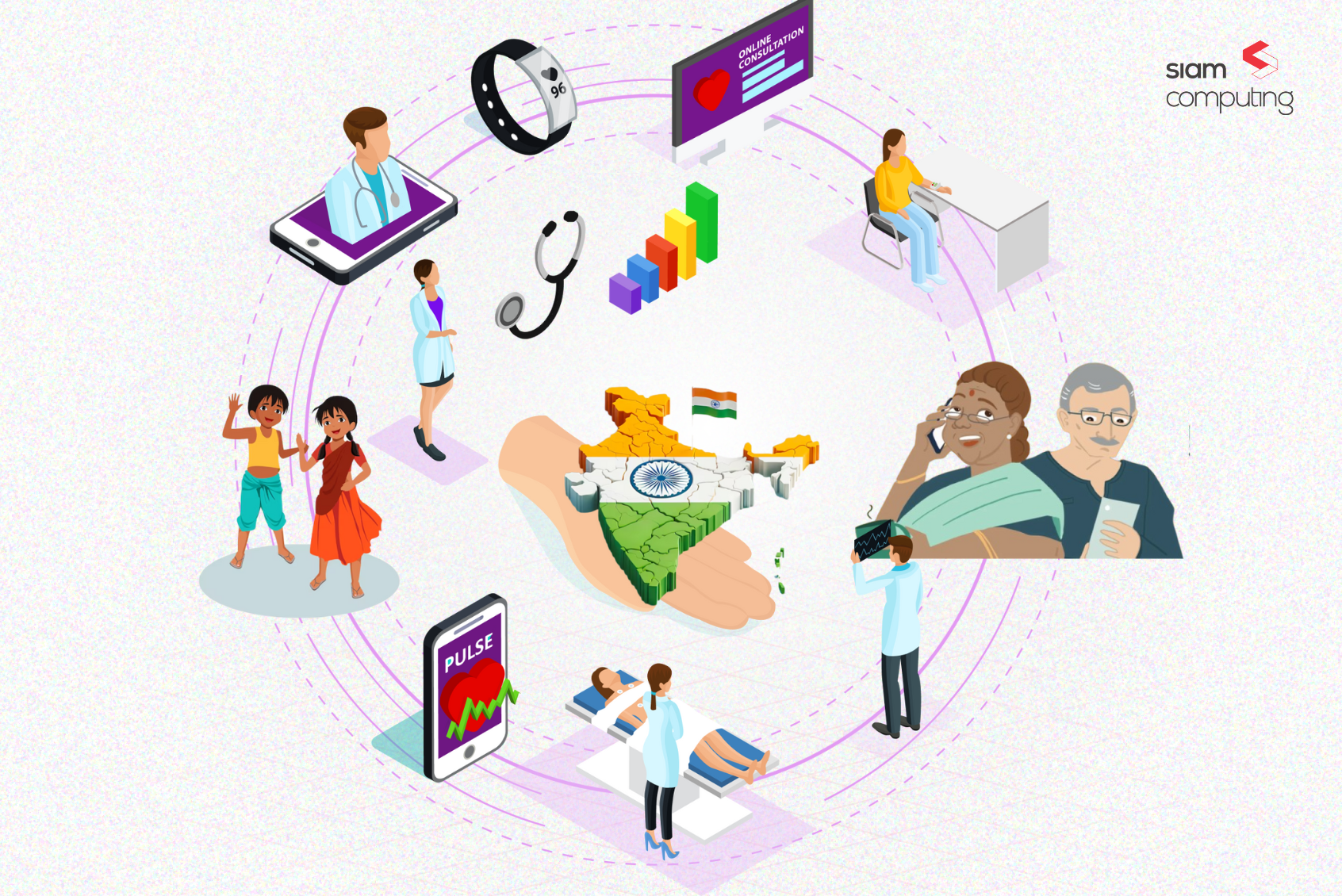Web-based applications have a huge demand in the present day scenario. With most of the business happening online, it has become a mandate to set up business facilities online. From putting up the information of the business to maintaining the internal system, everything has become digitized. Digital transformation has given a positive push to the Web Portal Market. Let’s discover the project flow attributed to how a Web Portal Development Company approaches a project they take up in this article.
Website Development vs Web Portal Development
Before plunging into the project flow directly, it is important to understand the basic difference between Website Development and Web Portal Development. When it comes to Website Development, it is for the open audience, for the world to view it. But, when it comes to Web Portal Development, it is for a specified group of audience basically. For instance, the employees working in an Institution or a Company.
But, when it comes to the functionalities and features you can see a lot of overlap between them both. A website can be used as a Web Portal and vice versa, but with a few customizations here and there. Let’s walk through the major differences between websites and web portals.
| Websites | Web Portals |
| Targets larger group of audiences | Targets a specific group of audiences |
| Login Credentials not required | Login Credentials required |
| Open Access | Private Access |
| In terms of content, either dynamic or static | In terms of content, it is user-specific |
| UI/UX designed for the general public. | UI/UX designed for the specific/personalized audience |
The above clarity is essential to understand the workflow or the project flow. It is always good to be advised on the basic differences between website and web portal development during the discussion to understand the requirement and offer the best solution.
Picture Credits: Unsplash
Project Flow in a Web Portal Development Company
Though each of the web portal development companies may have its own project flow, certain things remain universal. Let’s take a look at the universal project flow steps involved in web portal development.
#1. Discussion Phase
Discussion is the first and most important phase of the project. It is essential that the project head and concerned people understand the requirement from the client clearly. Only then the final product will be as per the client’s exact requirement. The following essentials are to be discussed in this phase clearly:
- Problem/Issues that the application is addressing
- Need behind the application
- Impact it causes
- Applications/Uses of the application
- Adversities that the delay time of launch may cause
The above-mentioned basic information will help both the team members involved in the project as well as the clients to be clear of the project flow.
#2. Requirement Evaluation Process
The next step that follows the discussion phase is the requirement evaluation process. Generally, the business analyst along with the CTO of the company executes this step. The requirement evaluation process is more like breaking down a huge chunk of information into smaller pieces. The following deeds are taken care of in this particular step:
- Re-evaluate the information logged during the initial discussion
- Gain clarity about the goal of the whole project
- Formulate steps to carry out the project in terms of tasks
- Determine the features and functionalities
- Document the whole requirement evaluation process
The deeds when carried out meticulously, will help the whole team to gain a proper idea of what they are going to work on. Therefore this is a crucial step in the project flow.
#3. Cost Estimation & Timeline Estimation
Once the requirement analysis document is prepared, the next ultimate step is to estimate the cost, prepare a schedule and allocate the necessary resources for the task. Now that the tasks are formulated, complexity analysis will be performed and classification of the tasks and timeline estimation will be done. The sub-tasks will also be worked out in this step and thus the overall cost will be estimated.
#4. Conceptualization & Planning Phase
The next step that comes after the cost and timeline estimation is the conceptualization and planning phase. This phase starts from framing the concepts and technicalities. The list of essentials are taken care of in this phase:
- Categorizing of tasks in priority order
- Select the architecture (The Technology used to build the web portal)
- Scrutinize the dependency allying all the tasks
- Figure out all the tasks that can be carried out in parallel
- Frame a timeline, allocate resources and finalize the technicalities
In the conceptualization and planning phase, the above-mentioned steps are taken care of. This is yet another important stage of the project flow.
Picture Credits: Unsplash
#5. Design & Development Phase
So this step is all about work work work – literally. Once the technology and the UI/UX designs are finalized it is time for the web portal development company to get its hands dirty. The tasks split among the team are executed and if there arise any issues, then troubleshooting is also done in parallel.
Each company follows a different execution-style. The agile method which is one of the most efficient methods is mostly followed by the majority of web portal development companies. Thus this phase is the actual happening phase of the project flow.
#6. Testing Process
Once the first version of the web portal is designed and developed, it is time to test it. User Acceptance Test is carried out in this phase. The web portal will be subjected to use by a set of users. And based on the user experience, if there are any bugs reported, then those will be noted and will be intimated to the CTO and project manager of the company. The bugs will be fixed and again tested. This process goes on in loops for a while to ascertain the proper working of the web portal.
#7. Deployment and Evaluation Phase
Once the developed web portal is tested, the next step is to deploy it. After all the bugs reported in the testing phase are fixed, the web portal is deployed. Now, this is real-time running. The performance is monitored continuously for load balance. Also, if any other bugs are reported, then they will be resolved. Now that the web portal is up and running, the complete performance evaluation will be done in real-time. Thus the deployment and evaluation phase happened in real-time.
Picture Credits: Unsplash
#8. Maintenance
After the development team deploys the web portal, the work isn’t completely over there. Constant maintenance support is required. Periodic updates will always be required to be incorporated into your web portal on a regular basis and also it is essential to check for bugs or any other issues that may arise over time.
So now that you are aware of the project flow of web portal development, you will have a fair idea of how it works in real-time scenarios. This will help you to have an informed discussion with a company when you plan to develop a web portal of your own in the future.
Advantages of Web Portals
When it comes to digital transformation, you need to choose the solution in accordance with your requirement. With the basic difference between website and web portal discussed earlier, you should be in a position to identify the perfect solution for you, else you can always reach out for consultation. There are various advantages that you can take away when you settle for a web portal.
- Web portals aid in Brand Promotion
- Lends a helping hand in Domain Conformity
- Beneficial in terms of Website Design and Development
- Web portals help in solving complex business challenges
- Company’s relations and services are strengthened to a greater extent
- Gives a professional look and helps in terms of SEO
- Enriches the Client-Customer Relationship
- Takes care of content/information management
The list of advantages goes on. So when it comes to maintaining a company’s or an institute’s internal content/information management, processing and updating of internal data, and giving your customers a unique UX/UI in terms of business, then you need to prefer web portals and choosing a good web portal development company for fulfilling your requirement is vital.
Conclusion…
Living in the digital era demands us to go digital nowadays. Through the traditional ledger and in-person methods has a special impact it is equally important to get acquainted with the digital transformation now. Ever since the pandemic, adapting to digital ways has become a necessity. Also, the future portrays businesses and institutes functioning on digital platforms majorly. So, with that said it is important to make sure that you are equipped to run your business on digital platforms effectively. Not just run your business, but take care of your employers’ information management system more eminently. Now that you are aware of the flow of the project in a Web Portal Development Company you can be in sync with the process when you develop your web portal in the future.
Contact us to get a free consultation about Web Portal Development.








